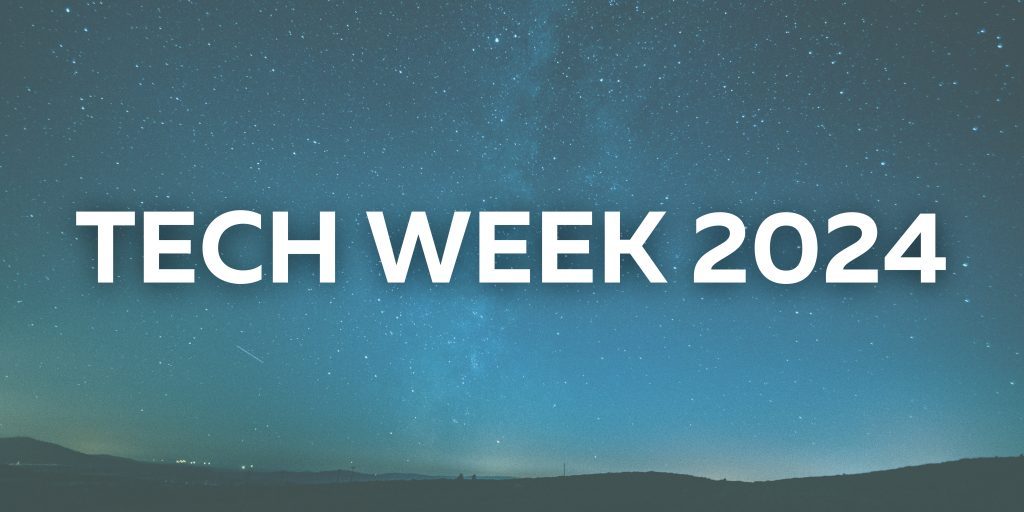- Who We Are
- Industry Solutions
- What We Do
- Technology
- Our Work
- Contact
- Events

Do you know where the bottlenecks in your organisation’s processes are?
Can you identify who in your team is underperforming?
Do you have an entire view of your actual process from end to end?
Is a digital twin of your organisation’s processes needed?
Operational intelligence isn’t a nice to have. It’s necessary and a real opportunity to boost efficiencies.
Businesses often face the same issues in any large-scale workflow – bottlenecks, unnecessary repetitive steps, varying team performance, and inefficient data accessibility, among others.
Imagine having complete visibility into your operations. Knowing exactly where the bottlenecks are, understanding the true performance of each team member and having the ability to make data driven decisions with confidence, and in real-time.
Here at Quanton, our approach, powered by AI-backed process mining integrated with proven methodologies like Lean Six Sigma, is enabling us to turn that vision into reality, providing deep actionable insights into your processes, uncovering inefficiencies and pinpointing areas for improvement, leading to smoother operations and better outcomes.

It starts with insights – and for us that means process mining and reviewing the workflow from end-to-end to find out how workflow really happens – not how it’s meant to happen, or you think it.
Discovery and analytics
Process mining is a top down, system-based approach which collects system data from all your systems and event logs. That data is ingested into a tool which then applies machine learning AI algorithms to analyse and visualise the data, creating simple dashboards for the business to get valuable insights.
Task mining, meanwhile, is a bottom-up approach which records users work, adding that to the process mining to provide a more complete end-to-end view of processes in your organisation.
Using process mining you can gain a wealth of data about how processes in your organisation are working.
Many companies already have dashboard which provide that viewpoint, of course. But while they give businesses a really good view of what has happened, they don’t provide any other details and show you why it happens, how you can mitigate or fix it, or where the bottlenecks are.
That’s where process mining comes in and is really powerful.
You don’t have to spend a lot of time on spreadsheets, come up with pivot tables or use visualisation tools to configure and build a visualisation or dashboard from scratch. All the heavy lifting is done for us, with AI as the enabler to provide the visual to quickly identify issues and problems in processes.
Using the data previously ingested into the tool, AI can map out the process in seconds, rather than requiring a business analyst to manually create the process map through interviewing process owners.
For businesses to get an in-depth analytical view of their process manually is almost impossible because of the rapid changes in processes, people, systems or technology applications. With process mining, all we need is that live injection of data from systems or applications and you get a constantly updated view into your processes.
For management it provides an ability to identify issues and understand how their business, and processes, operate.
For business analysts it can be a tool to deep dive into a process looking at anomalies so they can have meaningful conversations with business about the processes having already done prep work.
And for process owners, it enables them to identify bottlenecks and issues in their own processes and find solutions and improvements themselves, or work with the process improvement team to solve issues.
Prediction and simulation
Taking things a step further, more advanced techniques and AI functions will enable you to create effectively a digital twin for your organisation, enabling you to model planned changes and improvements before you implement them, so you can assess the full end-to-end impact before making changes.
Once you achieve that level of maturity, the organisation can become truly proactive and forward-looking.
Of course, the more data attributes and the richer the data you provide, the more in-depth you can dive into a process and the more information you can garner, but you don’t need a lot of data, it really depends on transaction volume. For some smaller processes you may need a month to three months of data to get meaningful views, while for large transaction volume processes a week of data may suffice.
And it’s important we note that these tools are not going to replace BAs – we still need people who have business knowledge and understanding of the processes to find the answers, because AI can’t (yet) tell us what to do to improve the process.
Through understanding – truly understanding – how your business operates in real time, you can more easily see, and decide, which levers to pull, whether technology, people, processes or data.
It’s an opportunity to really make data driven decisions, rather than decisions based on historical data, experience and assumptions.
Quanton's operational intelligence process is already in action with New Zealand organisations, including a tertiary provider which has seen benefits across its organisation. You can read all about their journey here.